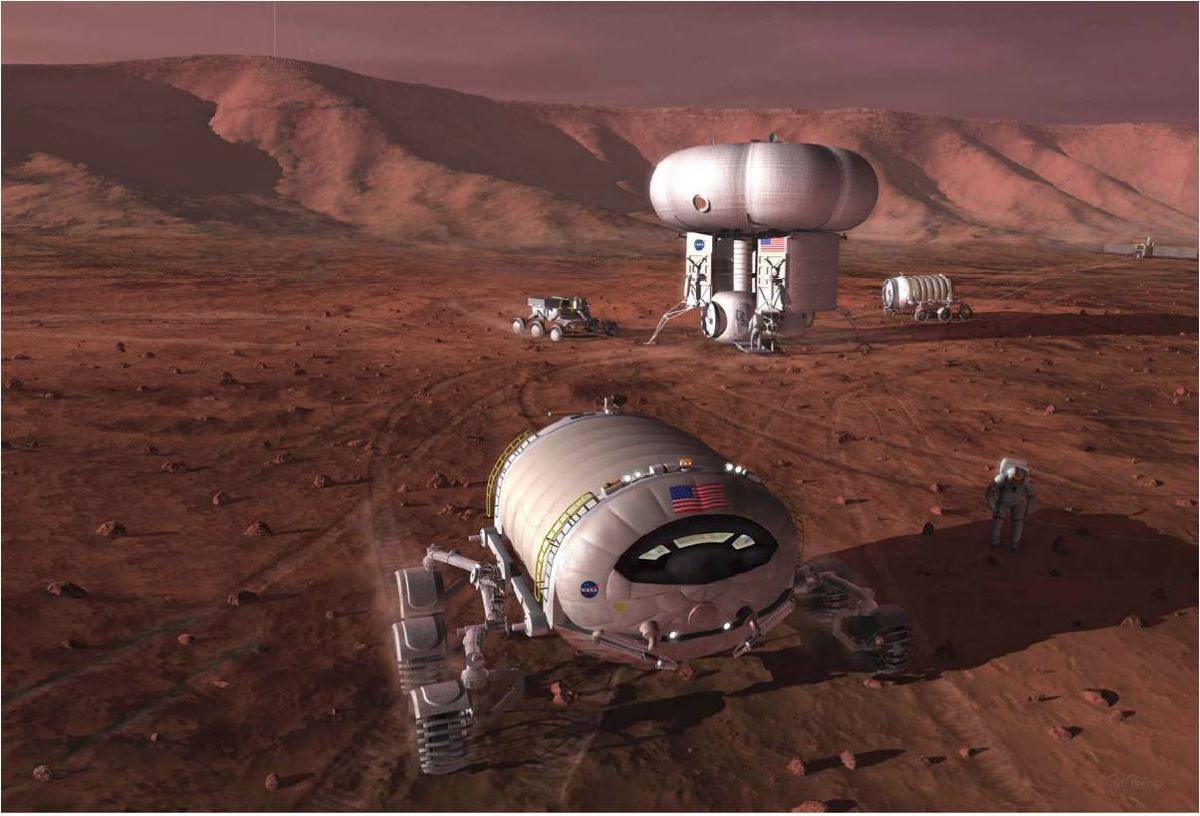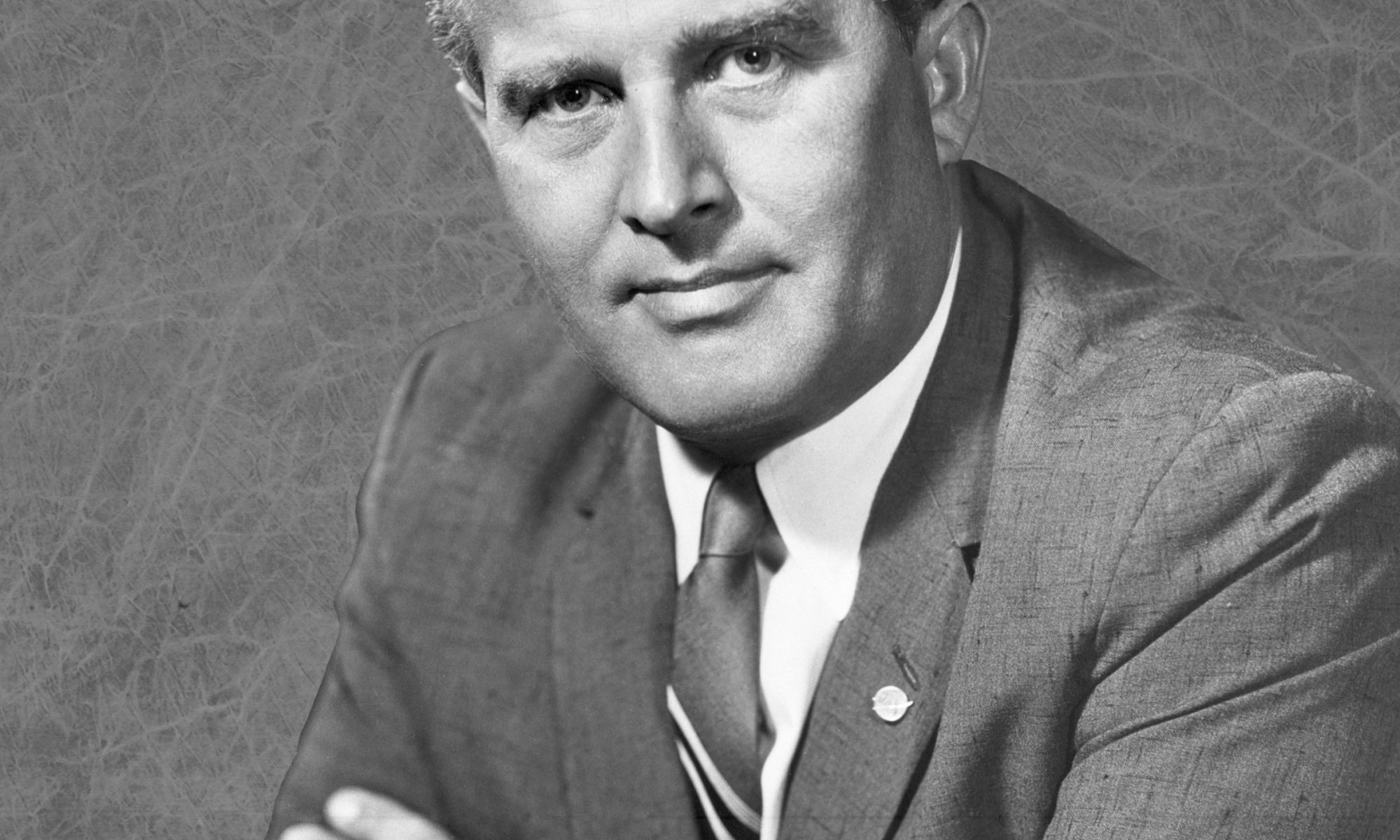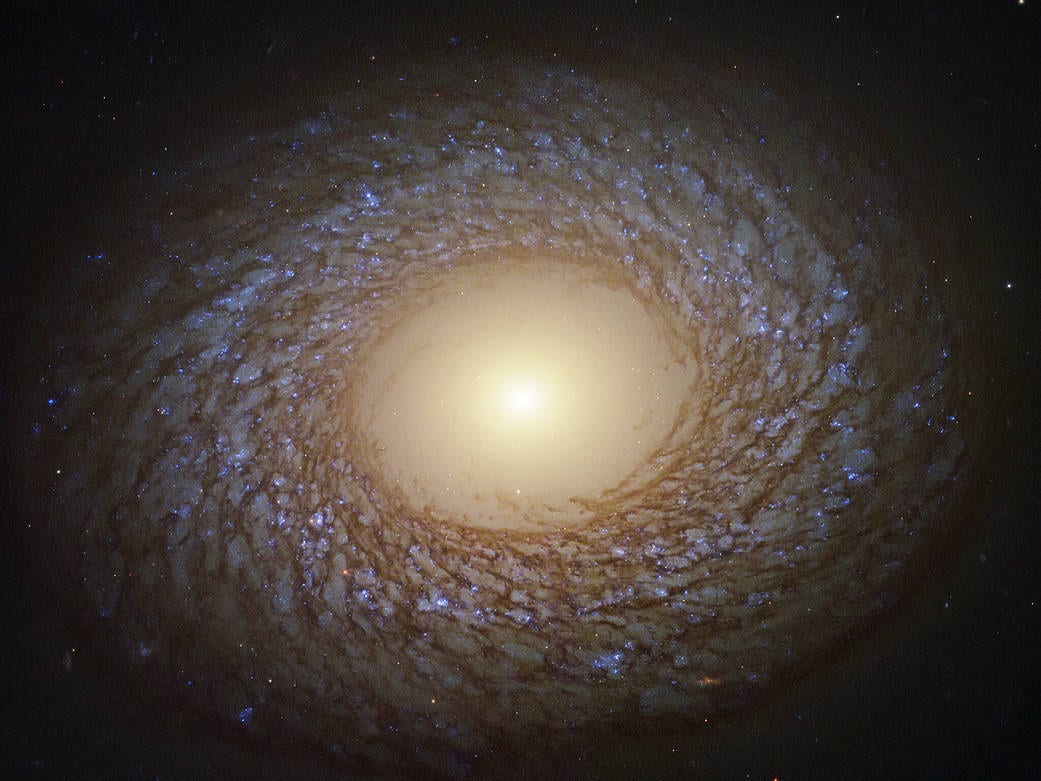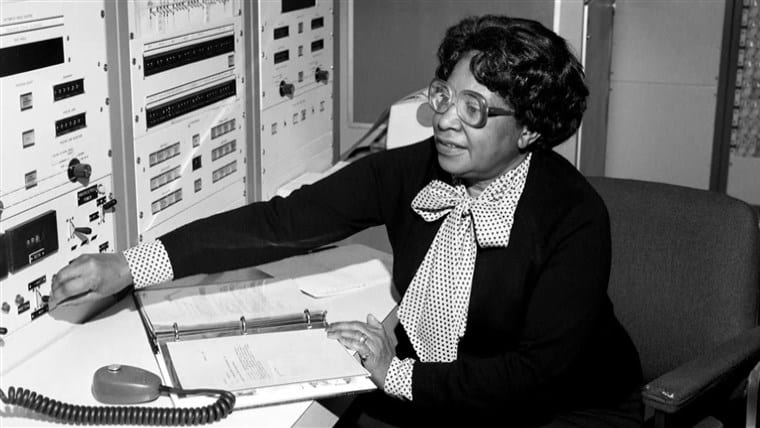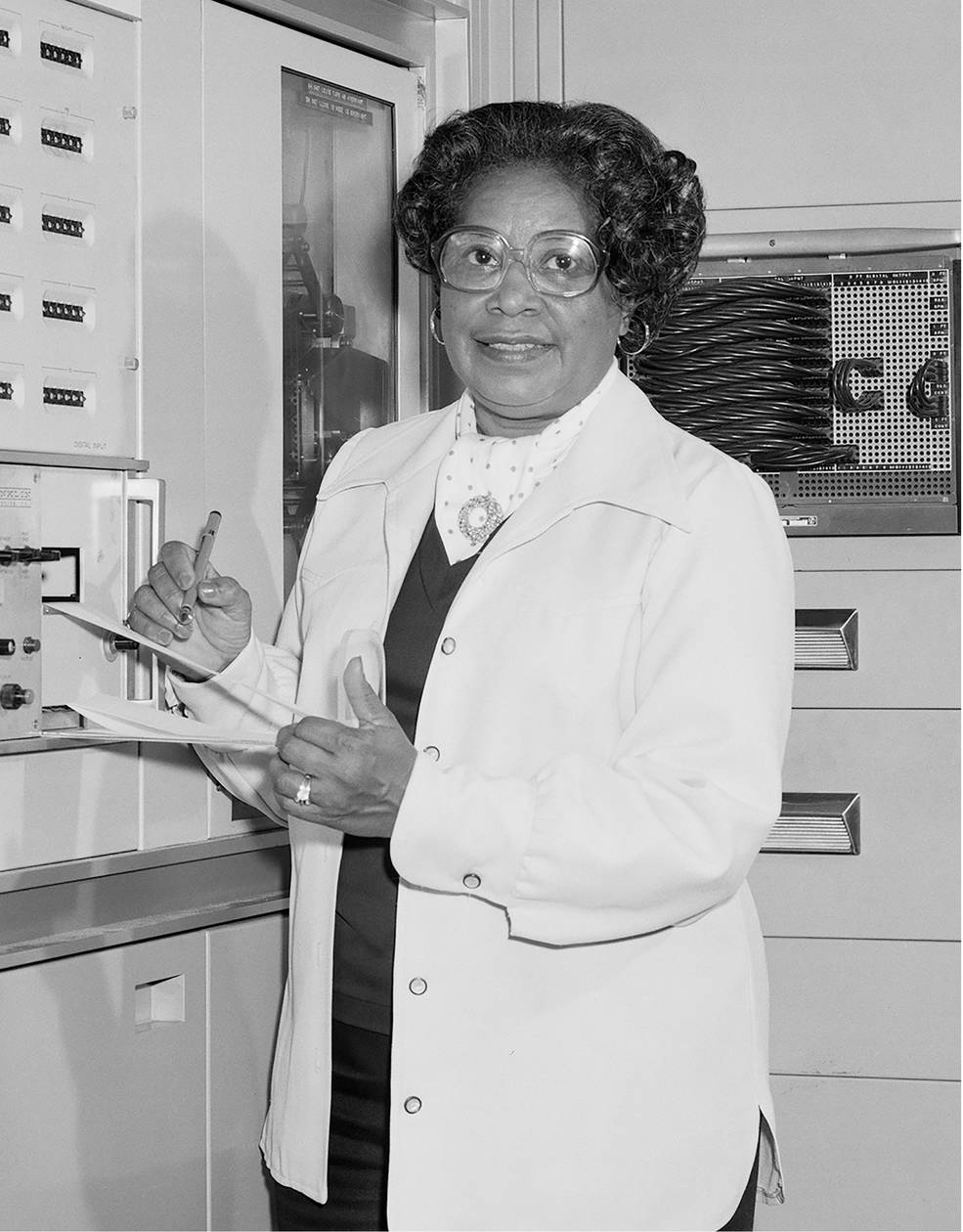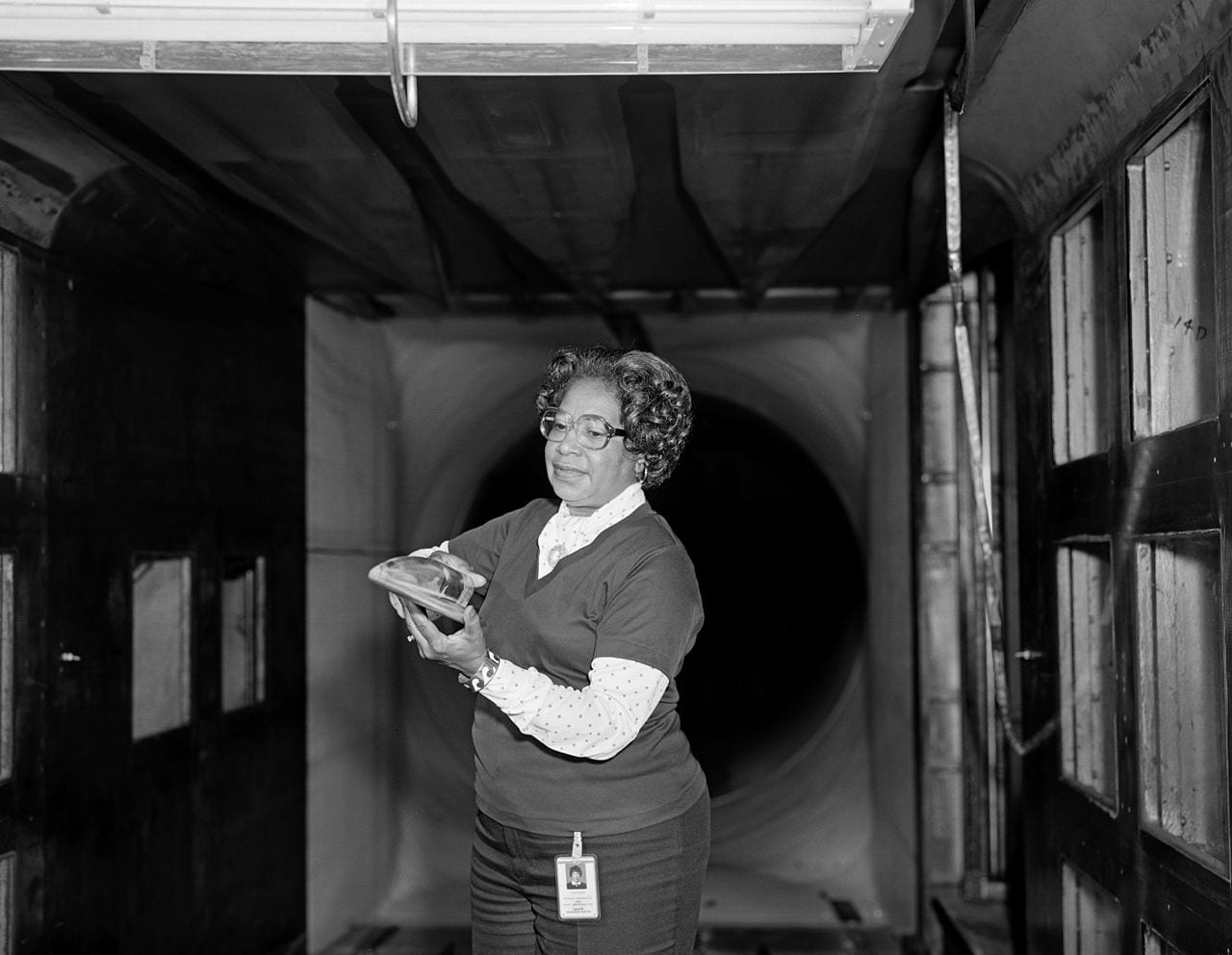This is great!
NASA is taking “one giant leap for mankind” by honoring the first black woman engineer in its history.
The organization is naming its headquarters in Washington, D.C. after Mary W. Jackson, one of the “hidden figures” who helped the United States blast off into space decades ago.
The move comes amidst a growing awareness and protests against racism and police brutality. NASA administrator Jim Bridenstine said naming the building after Jackson is just one more step in bringing these “hidden” figures come out of the shadows and into the light.
“Mary W. Jackson was part of a group of very important women who helped NASA succeed in getting American astronauts into space. Mary never accepted the status quo, she helped break barriers and open opportunities for African Americans and women in the field of engineering and technology.
(The building) appropriately sits on ‘Hidden Figures Way,’ a reminder that Mary is one of many incredible and talented professionals in NASA’s history who contributed to this agency’s success. Hidden no more, we will continue to recognize the contributions of women, African Americans and people of all backgrounds who have made NASA’s successful history of exploration possible.”
Jackson got her start at NASA working at Langley’s Research Center in Hampton, Virginia, in the early 1950s. At the time, she worked in a segregated division — the West Area Computing Unit. She earned degrees in math and physical sciences in 1942 and held positions as a bookkeeper, math teacher and U.S. Army secretary before starting her career in aerospace.
At Langley, Jackson was one of the “human computers” who worked at the agency, aka a research mathematician. She advanced in her career at NASA, conducting experiments in a 60,000-horsepower wind tunnel.
On the recommendation of her supervisor, she entered a special training program to become an engineer (it’s worth noting that she had to get special permission to join white students in the program). She later became NASA’s first blake female engineer.
She retired in 1985 and died in 2005. In 2019, Congress posthumously awarded her the Congressional Gold Medal.
Now, she’s also being bestowed with yet another honor: the name of NASA headquarters. Whenever anyone visits or makes plans to visit the building, they’ll be reminded of her enduring legacy.
What do you think of this move by NASA?
Let us know in the comments!
We’d love to hear from you!
The post NASA Will Name Its Headquarters After Its First Black Woman Engineer appeared first on UberFacts.
